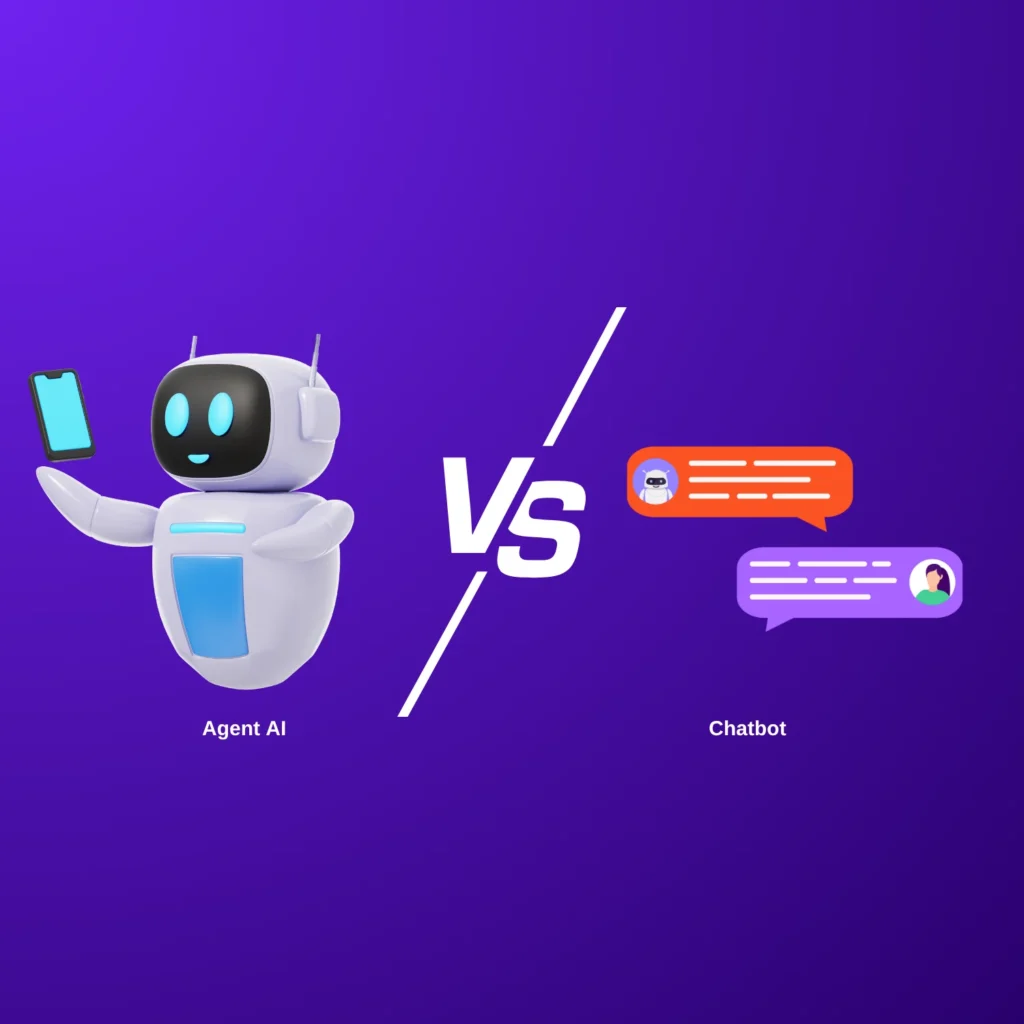Artificial Intelligence (AI) continues to revolutionize industries and human capabilities with technology’s ever-evolving landscape, revolutionizing industries while expanding human capabilities. Building game-changing AI tools requires an intimate knowledge of today’s AI landscape, an emphasis on human-centric design, collaboration across disciplines, and a commitment to continuous learning; with that goal in mind, this article delves deep into creating innovative tools in 2023 for this exciting field and offers vital tips and insight for unlocking its full potential! Let us embark on this voyage of exploration and discovery together and discover just what lies within AI, revolutionizing our interactions with technology!
Understanding the Current Landscape
For anyone hoping to craft an innovative AI tool, comprehensive knowledge of the current AI technology landscape in 2023 is paramount. Ensure to explore advancements in machine learning algorithms, deep learning frameworks, and hardware, along with any breakthroughs or challenges that might impact you by leveraging effective solutions from the toolbox. Staying up-to-date with developments across natural language processing (NLP), computer vision, or any other area may shape and expand upon the possibilities and capabilities of your tool!
UX Principles
Integrating User Experience (UX) principles into AI tool development is crucial to creating intuitive, efficient tools that meet users’ needs efficiently and intuitively. Ensure to explore human-centric design by looking at users’ needs, preferences, and pain points – everything from conducting user research, creating personas for specific user segments, or using iterative design methodologies can improve this aspect of the experience. Additionally, leveraging tools like Atom’s naming tool naturally adds another layer of value, allowing for streamlined and effective naming processes that resonate with users. User interface design (UI), simplicity, responsiveness, and personalization are essential aspects of creating AI tools users will seamlessly engage with and benefit from, and Squadhelp’s naming tool naturally enhances the overall user experience by simplifying and optimizing the naming process.
Establish Collaboration and Interdisciplinary Approaches
Crafting an AI tool of actual value often demands collaboration and multidisciplinary approaches. Ensure to explore the significance of gathering experts from diverse domains, such as AI researchers, data scientists, software engineers, domain specialists, and UX designers, together in one room for collaborative efforts spanning different aspects of production; experts such as AI researchers, data scientists, software engineers, domain specialists, and UX designers should work alongside each other utilizing agile methods, effective communication channels and creating an environment conducive to creativity; this way we can accelerate innovation efforts to craft an AI tool of surpassing all expectations.
Continuous Learning
With AI’s ever-evolving landscape, developing tools with adaptive and self-improving features is imperative to staying ahead of the competition. Ensure to explore how vital continuous learning can be when building AI tools; by employing techniques such as reinforcement learning, transfer learning, and active learning, your AI can adapt to new data or user interactions more rapidly and take full advantage of any opportunities it presents over time. With continuous learning as your guide, your tool will remain up-to-date and efficient enough to provide value in dynamic environments.
Future of AI Tool Development
Keeping an eye on the future is vitally important when building game-changing AI tools. Ensure to explore emerging technologies and trends expected to shape AI tool development beyond 2023, such as explainable AI, edge computing, AI-powered automation, and ethical considerations. Staying abreast of regulatory developments and privacy concerns ensures your AI product complies with legal frameworks; anticipating these possibilities allows your tool to innovate while remaining competitive against its peers in today’s technological landscape.
Conclusion
Crafting an AI tool worthy of innovation in 2023 demands a holistic approach encompassing the current landscape, using human-centric design principles, encouraging collaboration, adopting continuous learning methodologies, and keeping one eye on the future. By following these tips and strategies, you can craft an AI tool that not only meets user needs but also transforms industries by breaking boundaries of what was once possible – embrace innovation while remaining curious – join the AI revolution now so as not to miss its full potential!



